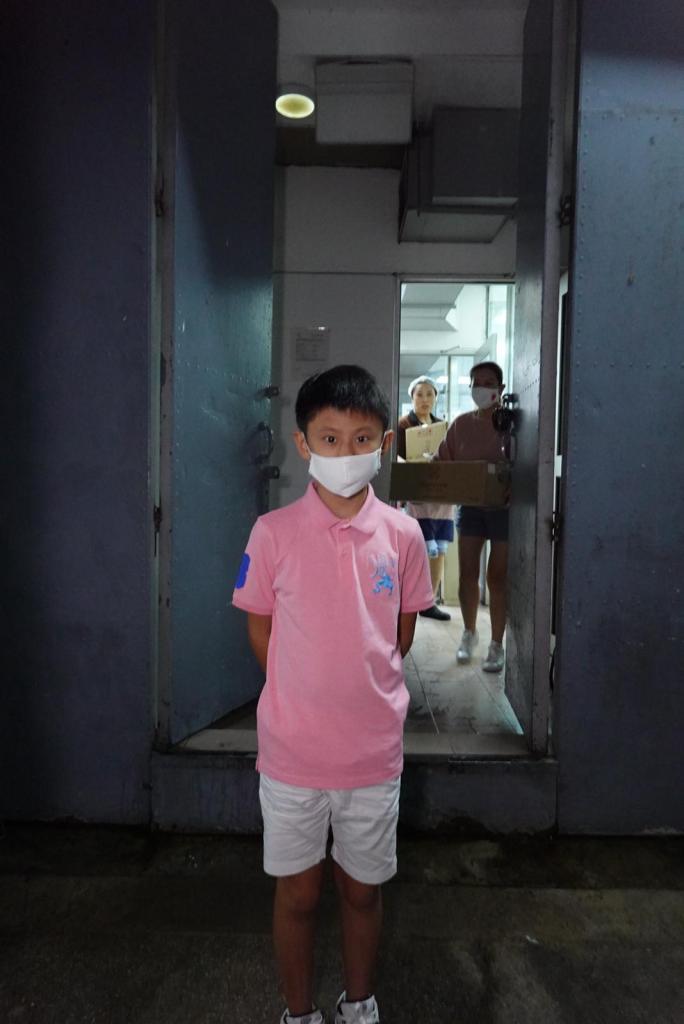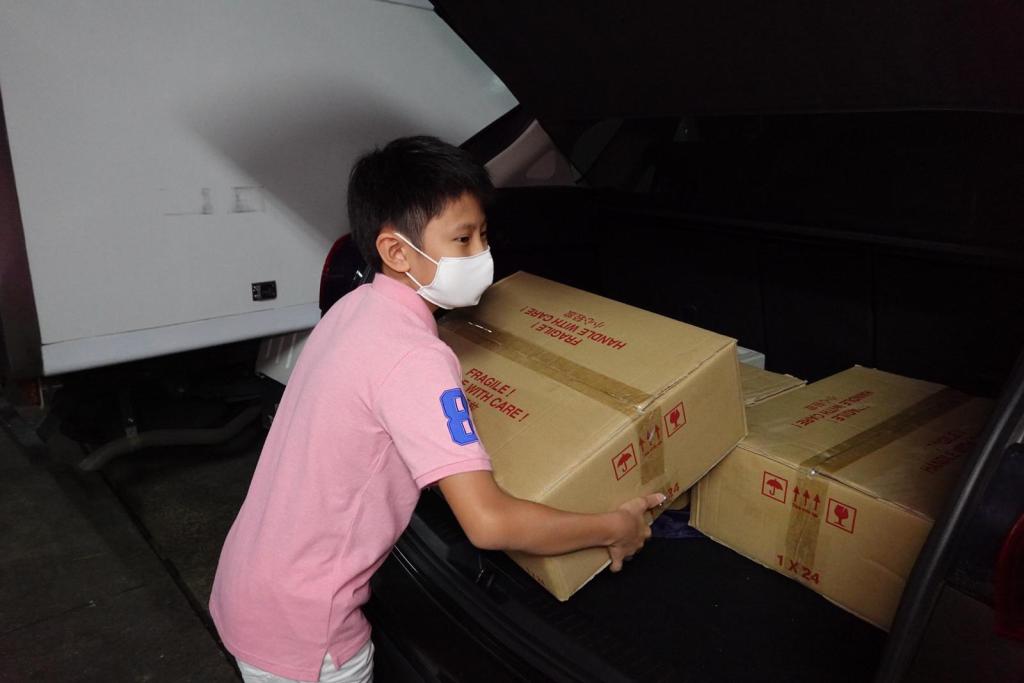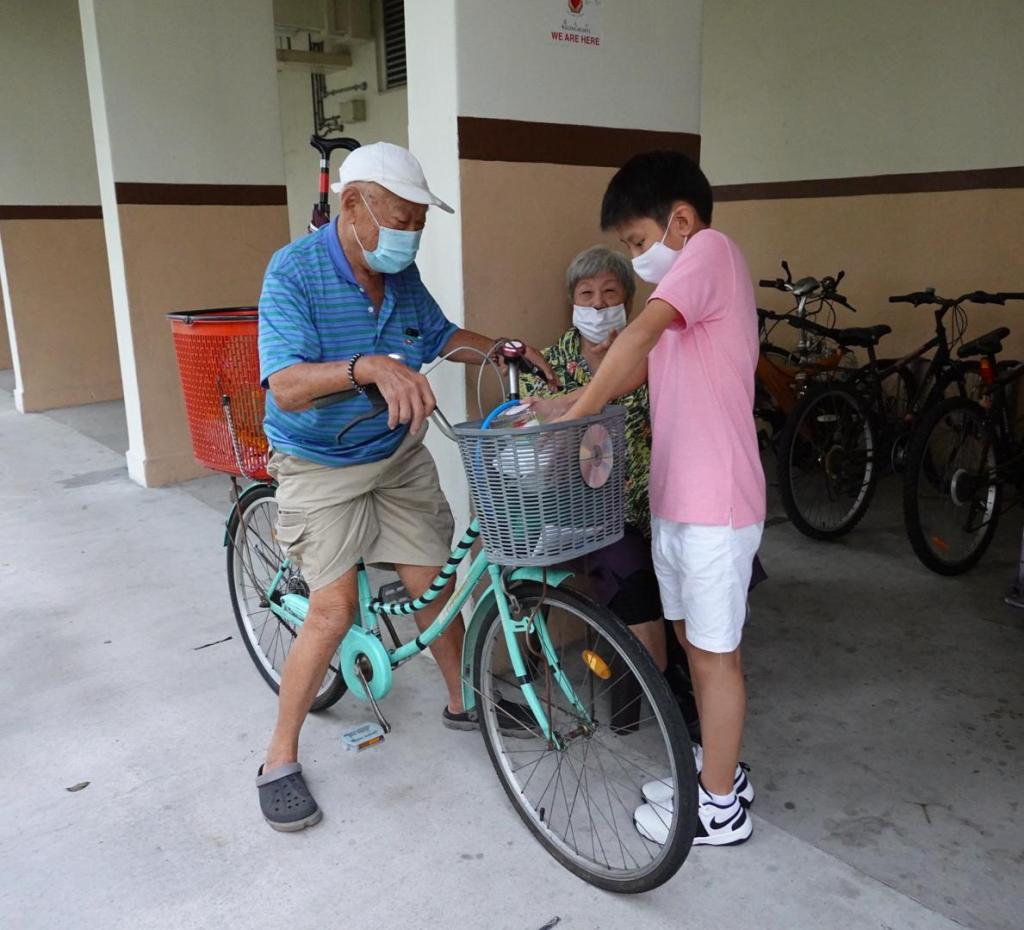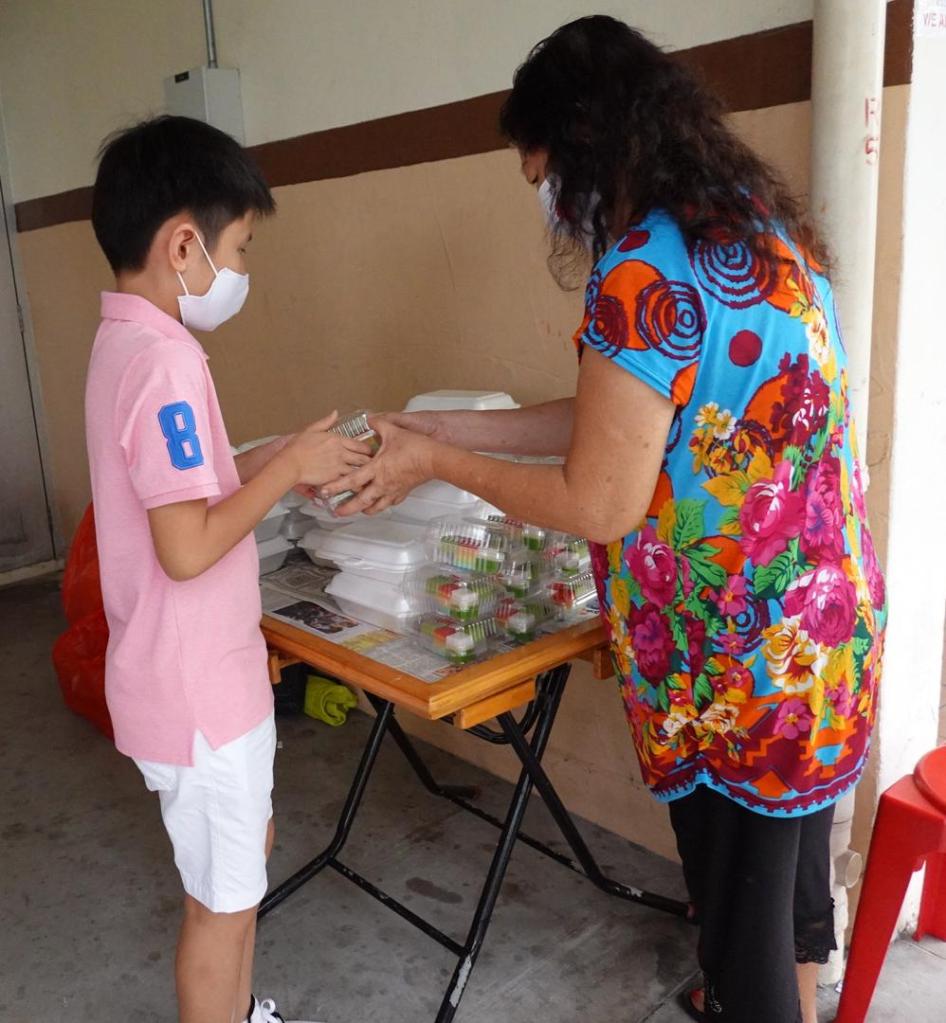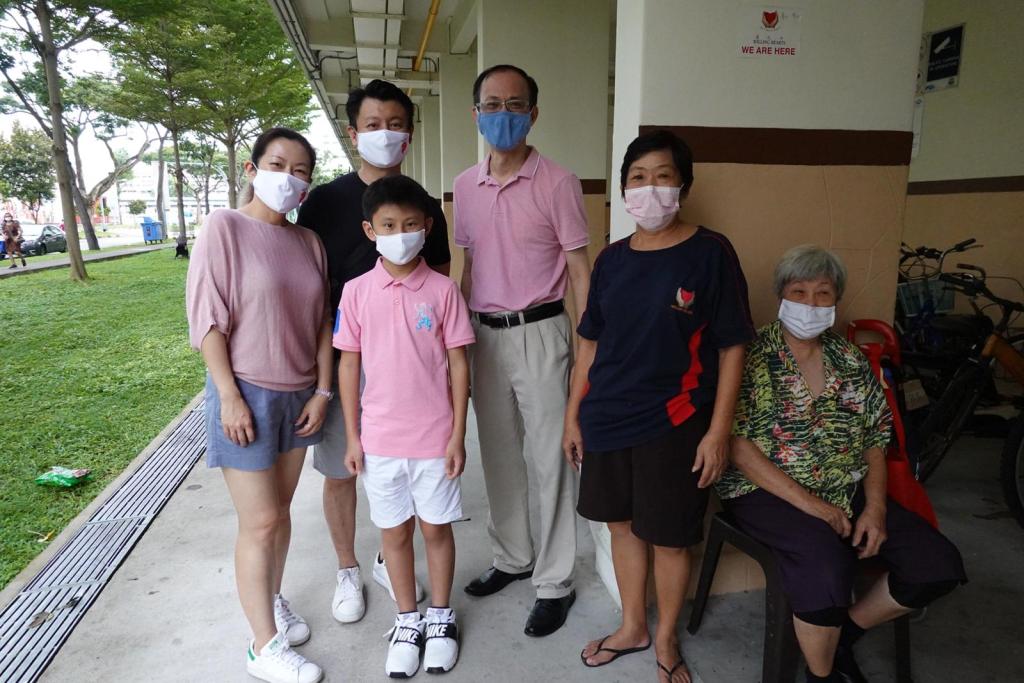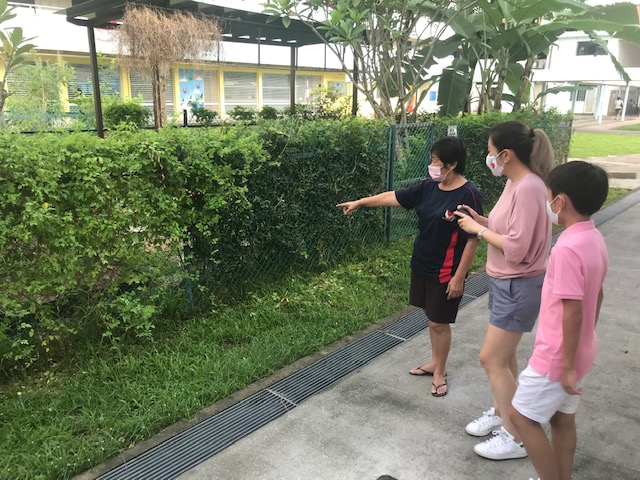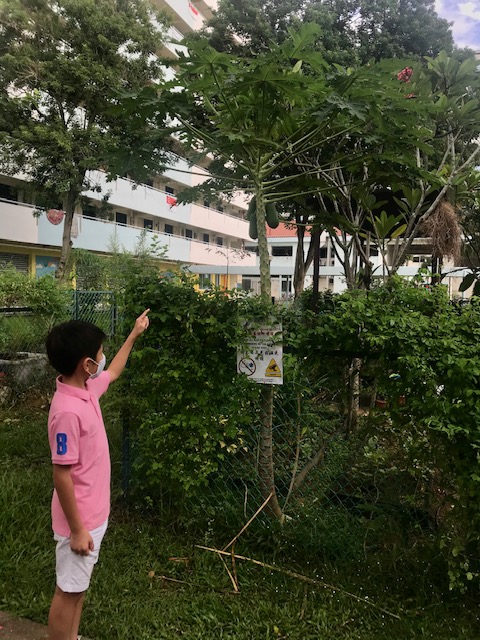Personal Mobility Devices (PMDs) have grabbed the headlines recently for all the wrong reasons. PMDs started in a small way in the past but ownership grew with LTA’s masterplan in 2013 to better facilitate first and last mile legs of commuting through better connectivity for walking and cycling, and exploded in 2017 with the Active Mobility Act that allowed PMDs onto footpaths albeit with a speed limit of 15 km/hr and with food delivery companies tapping on PMD users. Along the way up till the sudden ban announced on 4 Nov, effective the next day, there had been fatalities and many injuries, many happening on footpaths. There had also been several flip-flops by the government along the way.
You can read more of the short and explosive history of PMDs here: why-are-pmds-banned-from-footpaths/.
Let me share my thoughts as a motorist, cyclist,, pedestrian and PMD user.
I use PMD only casually because my daughter owns one which she use for commuting to her workplace under 1 km from her house. She will of course be surrendering her machine for cash incentive soon as the PMD will effectively be useless as the route is not connected by cycling tracks. A pity because it was indeed her most feasible and fastest way of commuting daily. In the few times that I used her PMD for convenient short commutes, the ride has been smooth, fast and incident free.
I am also a cyclist since I was young, both for exercise and for commute for specific purposes. I had long been concerned about the safety of cyclists because our roads are generally not friendly to cyclists and motorists tend to be impatient. I am concerned because I had a bad accident when I was young. I was in college or varsity at that time, cycling around my house in the Siglap / Bedok area. A lorry carrying workers sped past me very fast and knocked the side of my bike handle. The impact flung me onto the pavement. I distinctly heard a worker at the back of the lorry saying in Hokkien, “Hit already, run quick.” Yes, it was hit and run. I did not see the number plate as I was thrown suddenly onto the pavement. The handle was damaged and I had bruises and cuts but thankfully no broken bones. I composed myself after a while, pushed back the handle as best as I could and pushed the bike home. Since then, I am very wary of our roads even though I still do cycle. As much as possible, I avoid using the roads when cycling even if it meant the ride would be slower.
When I entered parliament, I made a few calls for more cycling paths and better sharing on the roads with motorists. I remember after one of my speeches, then MP Irene Ng spoke to me and said it was a relief that more have started speaking in parliament for cyclists. She had been a lone voice for some time advocating for this. Tampines Town where she was an MP for, was chosen to be Singapore’s first cycling town with more cycling tracks provided for.
The response from the government to her call, my call and those of a couple of other MPs had been the usual that we do have a Park Connector Network that now runs across most of the country. Yeah, it is good for leisure but for serious daily commute for work, shopping or to fetch kids? Nah, most of the time it will not get you to where you want and it is still bad and dangerous to cycle on the roads. So every time I see MND allocating generous monies at estate upgrading in the private estates, I wonder why they do not look at putting more budget for cycling paths. Frankel Estate, right next to my place is going for upgrading soon. I doubt it will improve my cycling experience much. I hope I am wrong.
I deliberately tried riding bicycles in other big cities and was impressed with my day-long experience at San Francisco. There, people can literally depend on biking to and fro work, even for long distances, and many do. They do not have cycling tracks all over the city but where there are roads, provisions are made for sharing of the road with bikes. And even when there were no special markings or provisions on the road for cyclists in San Francisco such as in the suburbs, cars were very disciplined to let us cycle past first. I rarely get motorists in Singapore giving way to me when I am cycling. For my safety and to be on guard, I always assume they will be aggressive and they usually are. After my accident years ago, I constantly watch over my back wondering if some speeding vehicles will squeeze too close to me. I have cycled in cities in Japan too and generally, the experience have been much better than Singapore. Here is a link to some cities we can learn from.
With PMDs now confined only to cycling routes (no footpaths and no roads), the spotlight is now on the bicycle infrastructure. Some improvements have been made by the government especially since 2013 but the infrastructure is still grossly insufficient. And it will be a long time before it will even be meaningful, so some other measures such as how some roads can be marked for sharing be implemented and motorists and cyclists better educated on sharing the roads. There are many cities we can learn from, if we are determined to truly make riding safer and more useful. With bicycles, there is not a lot of pressure on the government to act because it is still a small group and most do not rely on cycling daily. However with PMDs, it is now so widespread because the government had previously made it friendly to own and use and suddenly it has to solve a problem that it had helped to create.
As a pedestrian, of course I welcome the ban on footpaths because our footpaths are generally quite narrow, and Singapore is becoming more crowded. People have said that if we ban PMDs on footpaths because of injuries and deaths, must we also ban cars on roads because there are even more deaths and injuries due to vehicles? Well, roads are meant for usage by cars and pedestrians are supposed to use the roads safely at junctions and crossings and to use with care when crossing in other segments, according to safety rules. Footpaths are meant for pedestrians, which include vulnerable ones like old folks and kids. If we allow automated machines and unfortunately some do not control their speed well, then footpaths will forever be dangerous.
As a motorist, I have experienced PMD users dashing across road junctions or zipping in and out between vehicles. PMDs users have to understand that at road junctions, motorists are conditioned to look out for users with the speed of walking. I have witnessed a couple of near nasty accidents where a PMD user dashed out of some paths or buildings onto a zebra crossing or traffic light. No doubt they have the right of way because it is a designated crossing but motorists have to look left and right at junctions. So when PMDs travel at a fast speed dash onto a crossing, the motorist may have already checked that it was clear on the left and looked to the right and suddenly the PMD appeared in front on him / her as the car started to move.
I know some motorists will be unhappy reading this post and question why I am advocating for ‘road hogging’ bicycles and potentially even PMD users to share some segments of the roads (as it is in some cities). It will take more studies but I think that until we have enough bicycling infrastructure, we will need to think about sharing on the roads. Motorists will need to understand that there are other users on the roads and the slower lane of some roads may be used by others.
Lastly, I hope in considering what to do with PMDs, we can actively explore the use of technology. Technology can help us track speed real-time and determine the location of PMDs. It can determine whether the user is registered or licensed (assuming if we move to a path of having users to buy insurance or pass a test). Right now, the explosiveness of the use of PMDs and the frequency of accidents have caused several sudden policy announcements. Many are understandable frustrated because they followed what the government said, traded their non-UL2272 compliant PMDs to compliant ones recently only to find their investments have been made practically useless other than for leisure. Allocating $7 million for trade-in grants for food delivery users will only solve the issue for a small segment and even so, it is a poor solution that may not work for some of those doing food delivery. It will push more fast vehicles onto the road when our motorists are not so understanding of sharing the roads with other vehicles. We can explore how technology can be used to enforce regulations real-time. We also need to figure what regulations we will need to allow PMDs to start using more of our infrastructure again, and which part of our infrastructure can be opened up for use in a safer way.
Note: These are my personal opinions and not necessarily that of the Party’s.
